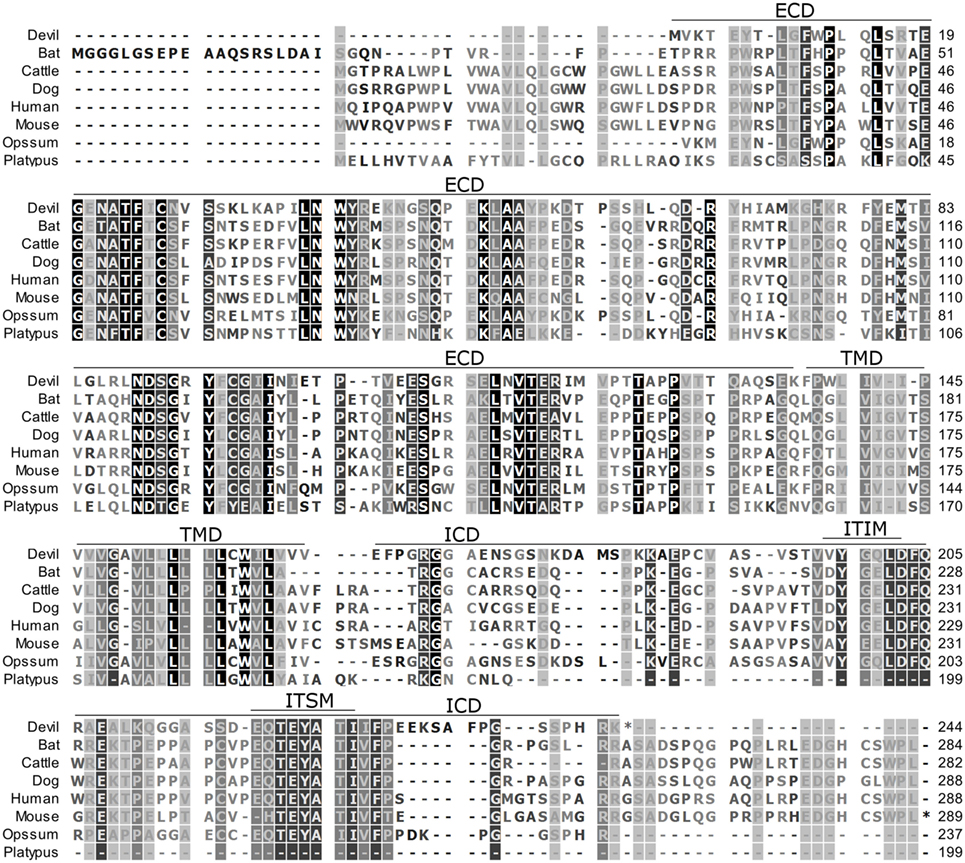

This reasoning follows for all statistical thermodynamic theories and indicates a very real difference between classical and statistical thermodynamics. The uncertainty, therefore, has been introduced as a result of our inability to solve the exact problem there is no inherent uncertainty in the original system, just as there is no inherent uncertainty in traditional classical thermodynamics. They have been introduced because, in a system composed of a large number of particles, it is not possible to write down all the equations of motion of the individual particles, let alone solve the resulting set of simultaneous equations. It is important to note, though, that these relations have been introduced via the recourse to statistical methods to describe details of the system under consideration. Hence, a degree of uncertainty is introduced which leads to the derivation of thermodynamic uncertainty relations. These average values, as with the average values of other thermodynamic variables, can fluctuate in this new regime. No longer are there definite values for the internal energy or total number of particles rather average values are considered. This is, in some crucial ways, totally different from classical thermodynamics because the introduction of statistical techniques has introduced uncertainty into the picture. As a consequence, when incorporated into thermodynamics, the realm known as statistical thermodynamics is entered. However, when systems composed of a large number of particles are to be considered, the methods of statistical mechanics have to be employed due to our present state of knowledge. In traditional classical thermodynamics there are no uncertainties all the variables, for example the internal energy and total number of particles, possess definite values. For a moment consider the situation in thermodynamics. The question of uncertainty affects many areas, including my own particular field of interest-thermodynamics, although, in that case, the effect may be felt indirect.

Hence here, as well as discussing the resolution of the long standing issue provoked by the well-known Einstein, Podolsky, Rosen article, some of these consequences will be discussed with a view to provoking more general, open-minded discussion within the scientific community. Due to the fact that the recent support for the Einstein, Podolsky, Rosen argument makes use of results in iso-mathematics, iso-mechanics and iso-chemistry, these possible consequences include the exact representation of nuclear data, the achievement of an attractive force between identical valence electrons with the ensuing exact representation of molecular data, the prediction of new clean energies and the prediction of the possible recycling of nuclear waste via stimulated decay-none of which is allowable utilising traditional quantum mechanics. Needless to say, considering the views expressed in these two approaches, it is also necessary and appropriate to consider some possible consequences if this new view becomes accepted. It is the work behind these two sources, especially the second, together with the experimental work at Basel, which form the basis for this examination of the present position as far as this extremely important position for physical science is concerned. More recently, however, an experiment performed by a group in Basel has questioned this accepted position and, theoretically, this new perspective has received support from at least two sources. The initial arguments with Bohr have never been forgotten or gone away the ideas of Bell have remained many experiments have been performed purporting to support the stance of Bohr. Ever since it first appeared in 1935, the famous paper by Einstein, Podolsky and Rosen, questioning the completeness of quantum mechanics as a theory, has courted controversy.


 0 kommentar(er)
0 kommentar(er)
